Überblick
One of the aims of KulturGutRetter is to protect and stabilise damaged or destroyed architectural monuments and to save and preserve important furnishings and cultural objects of all kinds. These can be buildings, monuments or historical/archaeological sites and ruins. Museums, collections, depots or archives may also be housed in modern buildings. In such cases, emergency safety measures may also be required on the building to enable the safe evacuation of the objects inside.
The KulturGutRetter team in the Division of Building Archaeology at the DAI’s Head Office is working on the development of minimum procedures for the emergency documentation, situation and condition assessment of buildings, their components and the attached decorative building elements they contain in accordance with current standards, as well as the prioritisation and implementation of emergency measures in the areas of stabilisation, protection, salvage or evacuation of selected parts of the building. This includes the identification of the expertise required for each step and the equipment and materials that must be available in the most effective form during the operation. Particularly in the case of larger safety measures, the operations are carried out in close interfaces with the local emergency services as well as with the existing capacities of the THW helpers on site.

